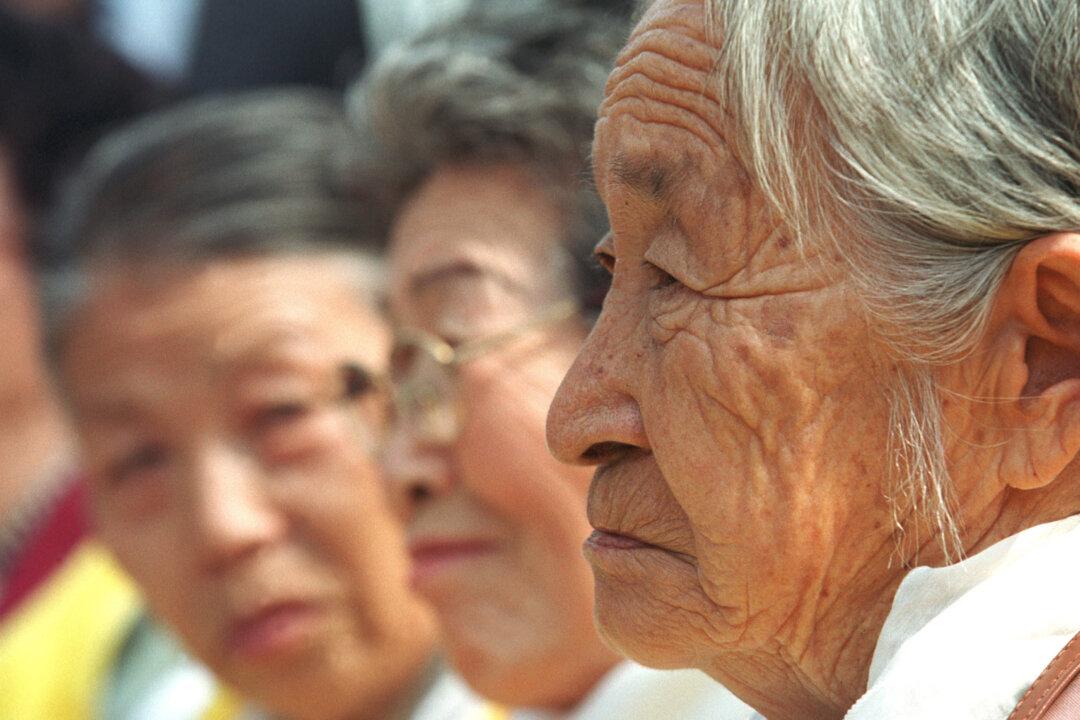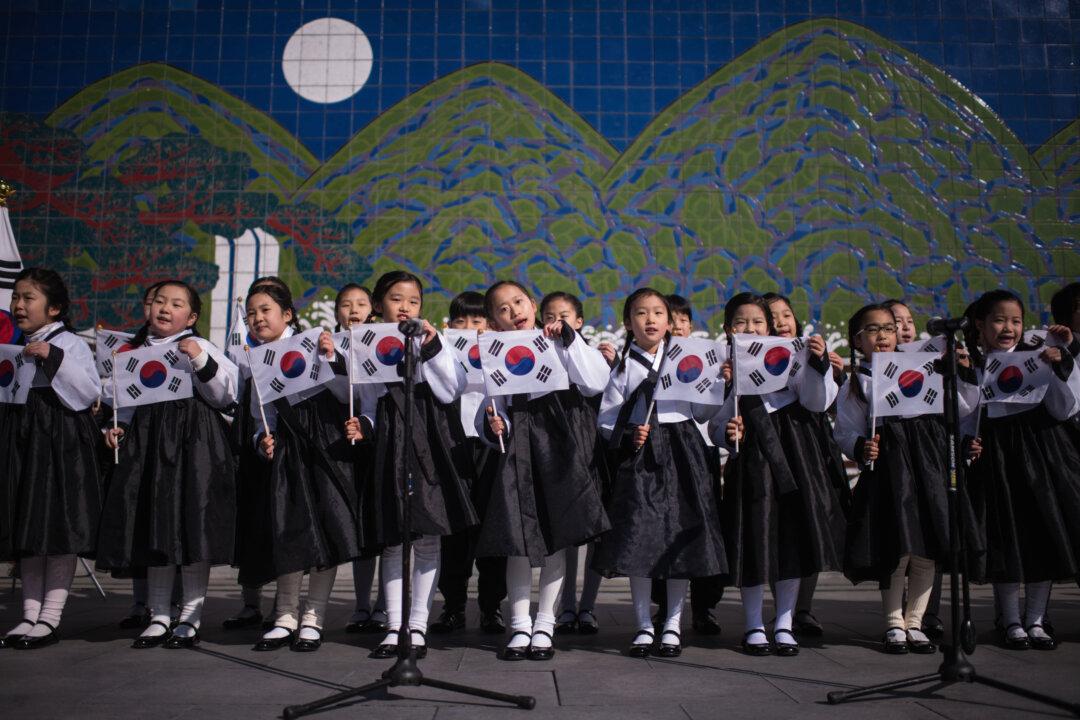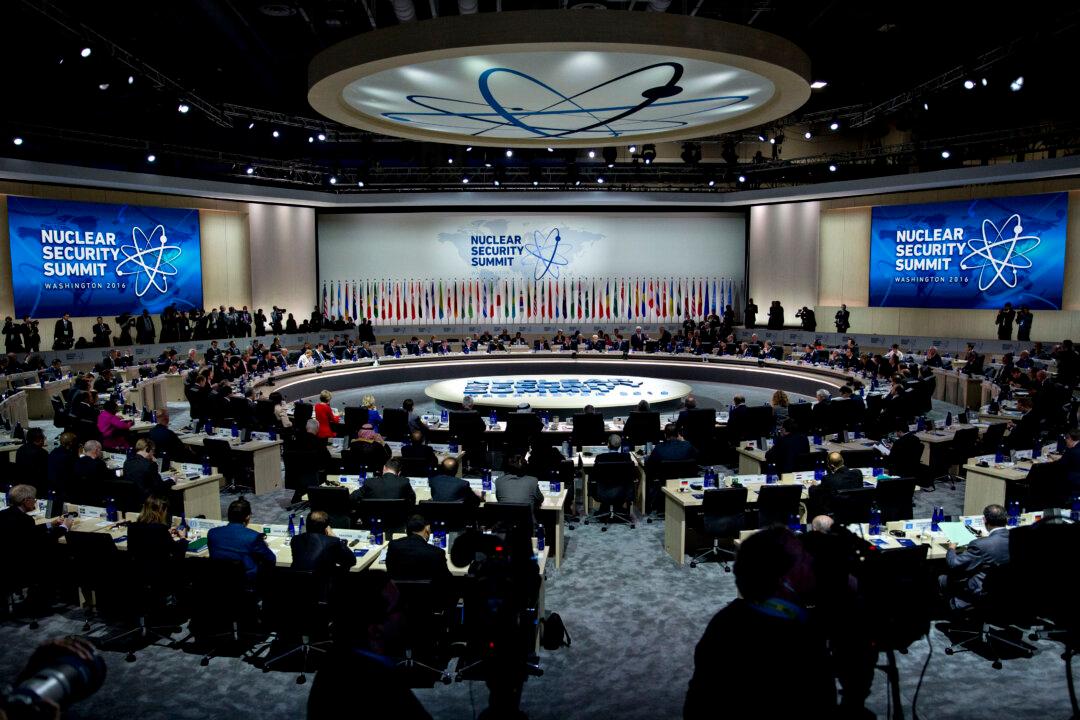Japan and South Korea have very close alliances with the United States. They also have had diplomatic relations with each other for 50 years, not to mention considerable trade back and forth during that time. At a popular level, many Japanese are wild about Korean bulgogi and soap operas while many Koreans love Japanese sushi and anime. That doesn’t mean, however, that the two countries are particularly close. For decades, the legacy of Japanese colonialism and wartime conduct has remained a major stumbling block to improved relations.
South Korea and Japan spar over interpretations of that history, particularly as represented in textbooks. They also have a very concrete dispute over a particular island (Dokdo). But perhaps the most painful disagreement between the two countries has been over the “comfort women” issue.
An agreement last week on the “comfort women” issue—between Japanese Prime Minister Shinzo Abe and South Korean President Park Geun-hye—may finally put the matter to rest. But not everyone in the Korean community is happy with the deal.
A Sensitive Issue
As part of its expansionism in the early part of the 20th century, the Japanese Army dragooned as many as 200,000 young women and girls—from Korea, China, the Philippines, and elsewhere in the Asia-Pacific region—into sexual slavery. The practice began in 1931, when Japan occupied Manchuria, and the army wanted to prevent Japanese soldiers from raping Chinese women. At first, the army relied on prostitutes. By 1937, however, the army expanded the pool to those tricked into service or simply forced to participate against their will, including girls as young as 10. They were made to service as many 30-40 Japanese soldiers per day. Korea, a Japanese colony since 1910, provided the bulk of the involuntary participants.
For years after the war, Japanese officials focused on the first part of the story, insisting that the “comfort women” were prostitutes volunteering for the assignment. They also pointed to the 1965 agreement that established diplomatic relations between Japan and South Korea—and provided $800 million in various forms of compensation—as taking care of all colonial and wartime issues. Particularly as it became a democratic society in the late 1980s, South Korea began to reopen many wartime issues, including this issue of sexual slavery (and the even more sensitive question of Korean collaboration in the process).
Only in 1993 did Tokyo finally acknowledge the second, much darker part of the story that involved systematized rape. According to the Kono Statement, named after the Japanese government’s chief spokesman, Tokyo admitted that:
The then Japanese military was, directly or indirectly, involved in the establishment and management of the comfort stations and the transfer of comfort women. The recruitment of the comfort women was conducted mainly by private recruiters who acted in response to the request of the military.
It also provided an apology:
Undeniably, this was an act, with the involvement of the military authorities of the day, that severely injured the honor and dignity of many women. The Government of Japan would like to take this opportunity once again to extend its sincere apologies and remorse to all those, irrespective of place of origin, who suffered immeasurable pain and incurable physical and psychological wounds as comfort women.
Two years later, the Japanese government also established a fund to compensate the “comfort women.” The money came from private Japanese businesses.
Although the “comfort women” had been calling for an apology and compensation, the Kono Statement did not meet their demands. The apology didn’t come from the prime minister nor was it approved by the Diet, and it shifted the responsibility for the brothel system entirely onto the shoulders of the Japanese military. Moreover, the compensation didn’t come from the Japanese government but rather from private sources. Although some “comfort women” took the compensation package, many did not. And the South Korean government considered the apology insufficient as well.





